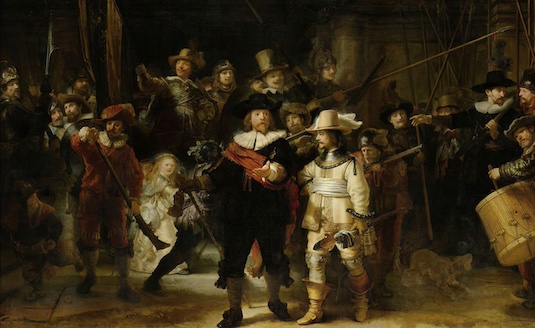
Run renderman compatible render engine aqsis on armv6
reference http://alvyray.com/Pixar/documents/Pixar_ImageComputer.pdf https://ohiostate.pressbooks.pub/app/uploads/sites/45/2017/09/pixar-image-processor.pdf Pixar Image Computer What inspired me to write this article is that last month, March, I took a quick look at The Renderman Companion A Program’s Guide To Realistic Computer Graphics, which mainly describes how to use the Renderman C API interface to achieve 3D image rendering. The book was published in 1989, when Pixar had developed the Renderman rendering interface standard and implemented the PRMan PhotoRealistic Renderman implementation that is now widely used in the film industry. One of the interesting things is that in 1986 Pixar also developed a computer graphics hardware system similar to today’s Nvidia general-purpose graphics cards - Pixar Image Computer. ...

